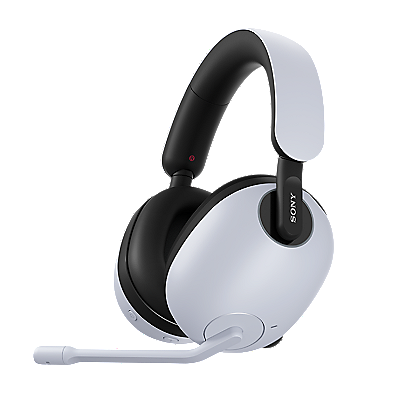Lens basics
Here are some basics to know before choosing a lens.
Focal length and angle of view
A closer look at focal length
The focal length extends from the center of the lens to the image sensor. Expressed in millimeters (as in 20 mm or 100 mm), focal length varies by lens.
Different focal lengths expand or reduce our view in images, referred to as the angle of view. Shorter focal lengths present a wider view, and longer lengths a narrower one.
How the angle of view changes at different lens focal lengths
24 mm
35 mm
50 mm
70 mm
Differences in appearance at different focal lengths
What are generally called standard lenses have an angle of view around 47°, which is considered similar to our own field of view. From the standpoint of focal length, these lenses are around 50 mm.
Wide-angle lenses have a wider angle of view and telephoto lenses a narrower one, although there are no strict standards for these terms.
Examples of different appearances at different lens focal lengths
When adjusting the lens focal length to keep the subject (in this case, a person) the same size, with wide-angle lenses, the background becomes wider, emphasizing a sense of perspective.
With telephoto lenses, less of the background is visible, and the subject appears closer to the background.
Subjects also look different in shots from each type of lens. Imaging by standard lenses is thought to resemble how we ourselves see the world.
Wide-angle(24 mm)
Standard(50 mm)
Telephoto(105 mm)
Full frame and APS-C
The rectangular component visible inside cameras when the lens is removed is the image sensor. Sensors are described as full-frame or APS-C depending on their size.
Sensors of different sizes produce different angles of view from a lens with the same focal length.
For example, a lens with a 50 mm focal length produces an angle of view equivalent to about 75 mm on an APS-C camera. Compared to when attached to a full-frame camera, the focal length becomes longer (more telephoto).
The equivalent focal length when the lens is attached to an APS-C camera is described as "35 mm-format equivalent" and is calculated by multiplying the focal length by about 1.5.
Difference between full-frame and APS-C
Full frame
APS-C
A-mounts and E-mounts
With α cameras, you can choose between two mount standards: A-mount and E-mount.
Mounts connect lenses to the camera body. With the right combination of each, the lens and camera will recognize and communicate with each other, enabling you to shoot.
- A: Mount
Although A-mounts and E-mounts have different mount sizes and are not directly compatible, you can attach a mount adapter to use A-mount lenses with E-mount cameras. However, E-mount lenses cannot be used on A-mount cameras.
For details on A-mount and E-mount compatibility, see the following page.
A-mount and E-mount compatibility
E-mount camera owners who are looking to acquire a lens collection should consider E-mount lenses, which can be attached directly to the camera.
You can tell whether a lens is an E-mount lens from its name and model number. See the next section for details.
Lens names and model numbers
Lenses are identified by names and model numbers. Below, lens names identify the focal length in mm and are followed by model numbers in parentheses.
- Example of prime lens identification
FE 35 mm F1.8(SEL35F18F) - Example of zoom lens identification
FE 24-70 mm F2.8 GM(SEL2470GM)
Model numbers give a general idea of the following.
- Whether it is an A-mount or E-mount lens
- Whether it is in the G Lens, G Master, or ZEISS lens series
- Whether or not it is a macro lens
- Whether it is a zoom or prime lens
- The focal length
- The f-number in the case of a prime lens
Lens names add these details.
- Whether it is a full-frame or APS-C lens
- The f-number in the case of a zoom lens
- Any built-in features, such as image stabilization
For more information on lens names and model numbers, see the following page.




















